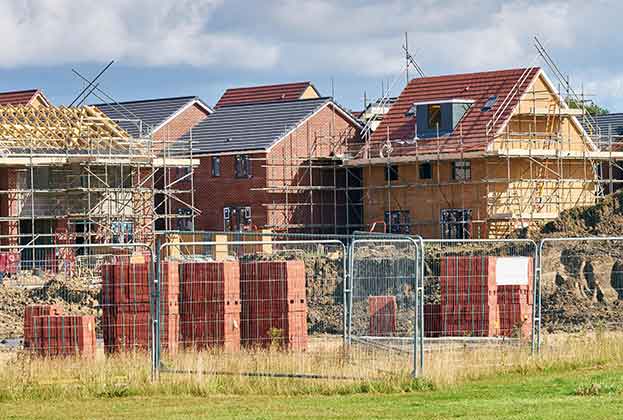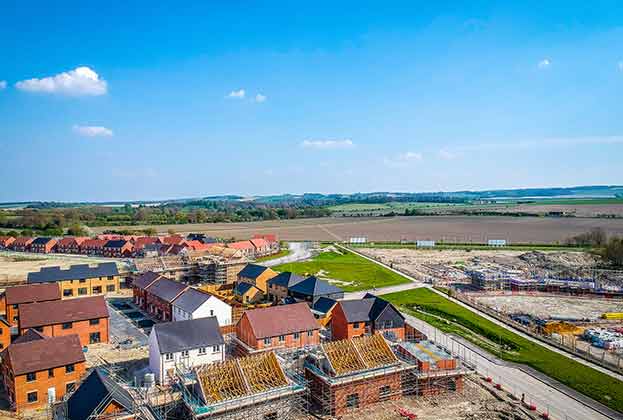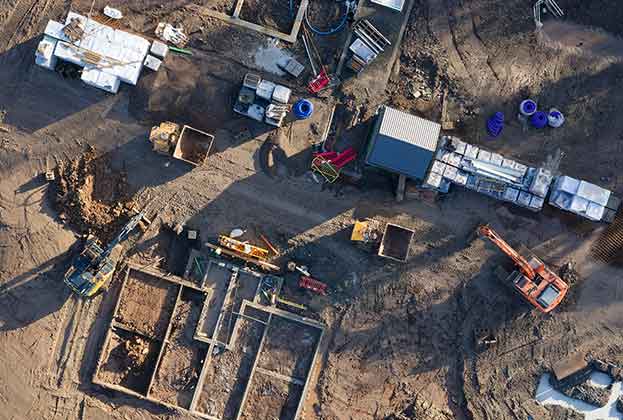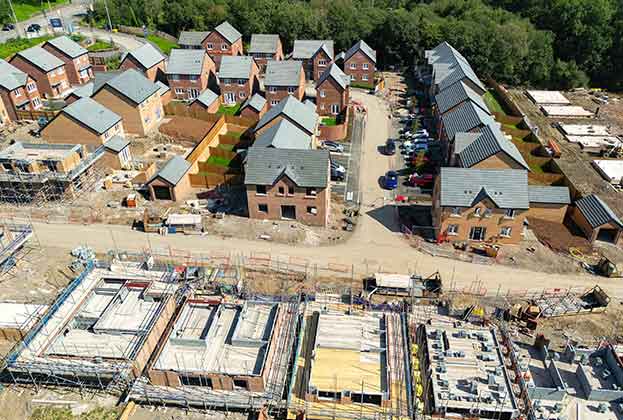Seemingly immune to the destabilising influence of Brexit negotiations, property demand from businesses and residents in Manchester has grown steadily and looks set to continue. But commercial and residential supply must diversify and bring forward more property across all use classes if it is to meet growing demand and maintain competitiveness, according to our latest research.
A new report by Savills suggests that residential development is disproportionately focused at the more expensive end of the market, out of reach for many aspiring first-time buyers. Average new build values currently sit at £375 per sq ft, with examples of the £500 per sq ft threshold being broken in prime locations. This means that developers are competing for a smaller pool of occupiers. Looking ahead, they could see more opportunities in the mainstream market, where there is more scope for take-up.
Housing need in Manchester is 3,120 homes per year, around a quarter of the Greater Manchester total. But housing delivery has consistently failed to meeet this level. In 2016/17, housing delivery fell short of need by over 1,000 homes.
While the residential development pipeline in Manchester is larger than ever before, at over 7,000 homes, this still only represents less than three years of housing need. If Manchester wants to meet its economic growth aspirations, it needs more homes. Ideally, it needs a broader range of developments to appeal to its diverse residents.
Changes to planning policy could mean that developers may be able to build purpose-built student accommodation schemes in select zones across the city. That will help it maintain its strong graduate retention rate. At 51 per cent, Manchester’s graduate retention rate is among the best in the country, making the city attractive for employers.
The number of people in Manchester aged over 65 is set to grow twice as fast as the total population over the next 10 years, hitting 61,000 by 2027. With an increasing trend towards the older generation moving back to cities to be closer to amenities, building suitable accommodation will free up family homes in the suburbs.
Regardless of the type of occupier or the tenure, most housing demand in Manchester is in the mainstream market. While there is undoubtedly demand for prime properties, we see the biggest opportunity for growth in mid-market residential developments.
In terms of the office market, 71 per cent of recent demand has been for space at less than £25 per sq ft, yet only 59 per cent of the available space in Manchester and Salford is at that price point. Demand for Grade A office stock is so high that it’s spilling into secondary stock and pushing up rents there. This is expected to drive future demand for serviced offices and light touch refurbishments in the short term. Longer term, we expect to see the core office market expand into areas previously seen as fringe, such as Oxford Road, Irwell Corridor and the Ancoats area.
The ever changing ‘need for speed’ by consumers means that in Manchester’s industrial sector, demand for instant gratification by way of shorter delivery times – down to an hour from click to your door in many cases – will see distributors and retailers get more creative in their hunt for small scale distribution locations, taking space in office basements and off-pitch retail units.
Further information
Read more: Spotlight Manchester: where are the gaps?
.jpg)



.jpg)


.jpg)

.jpg)
